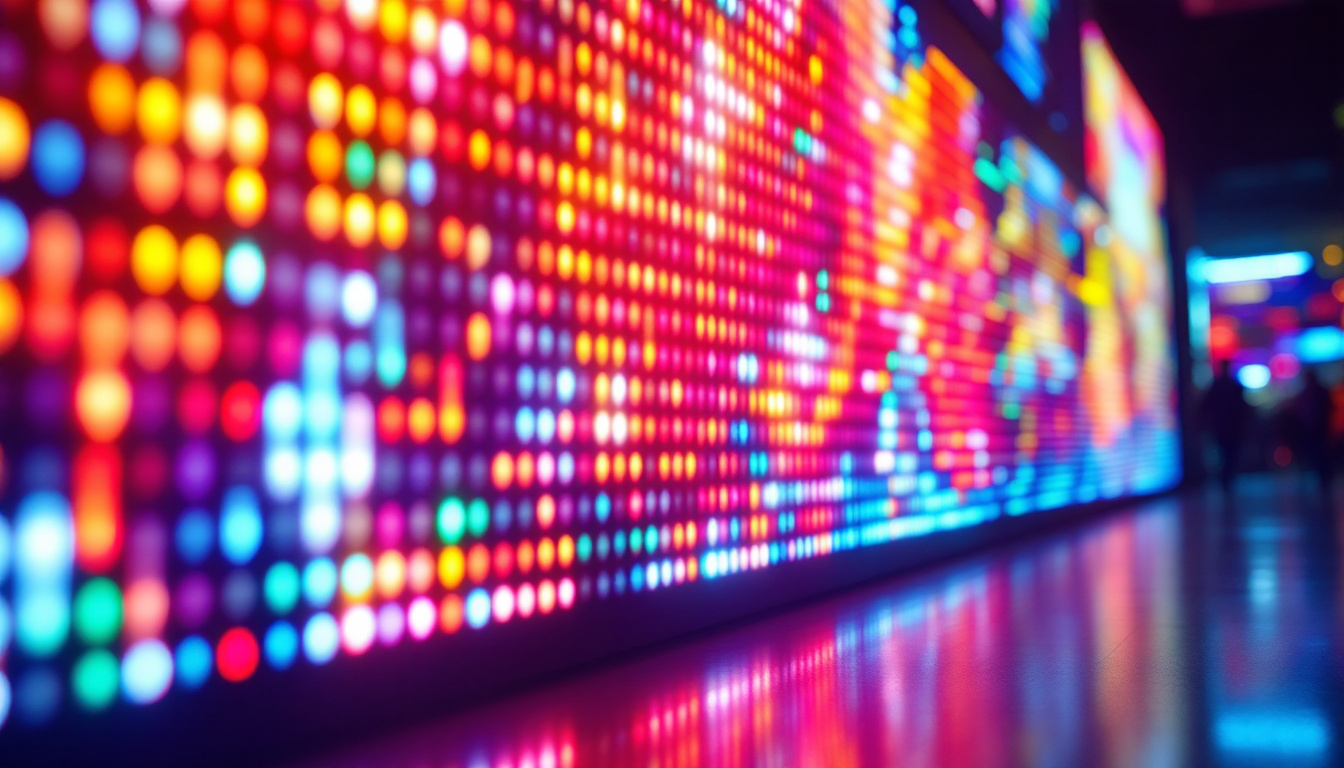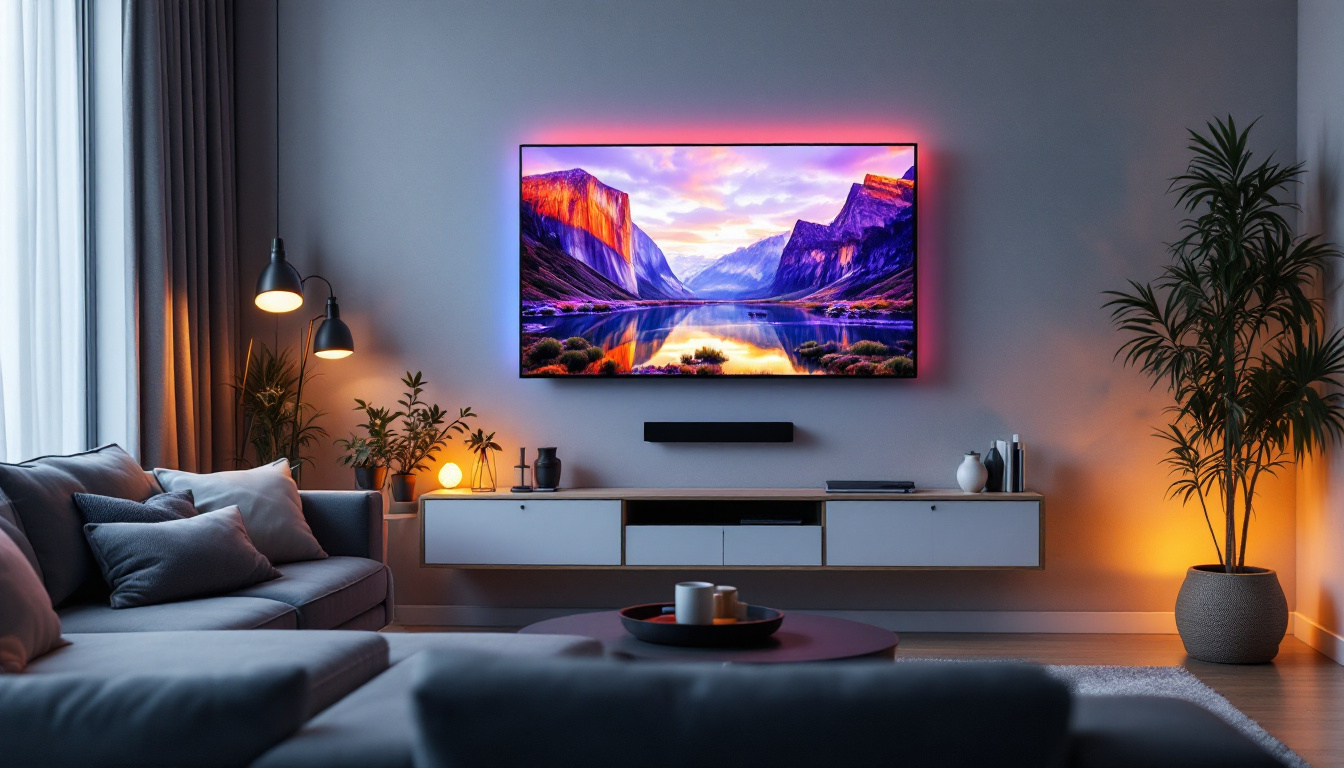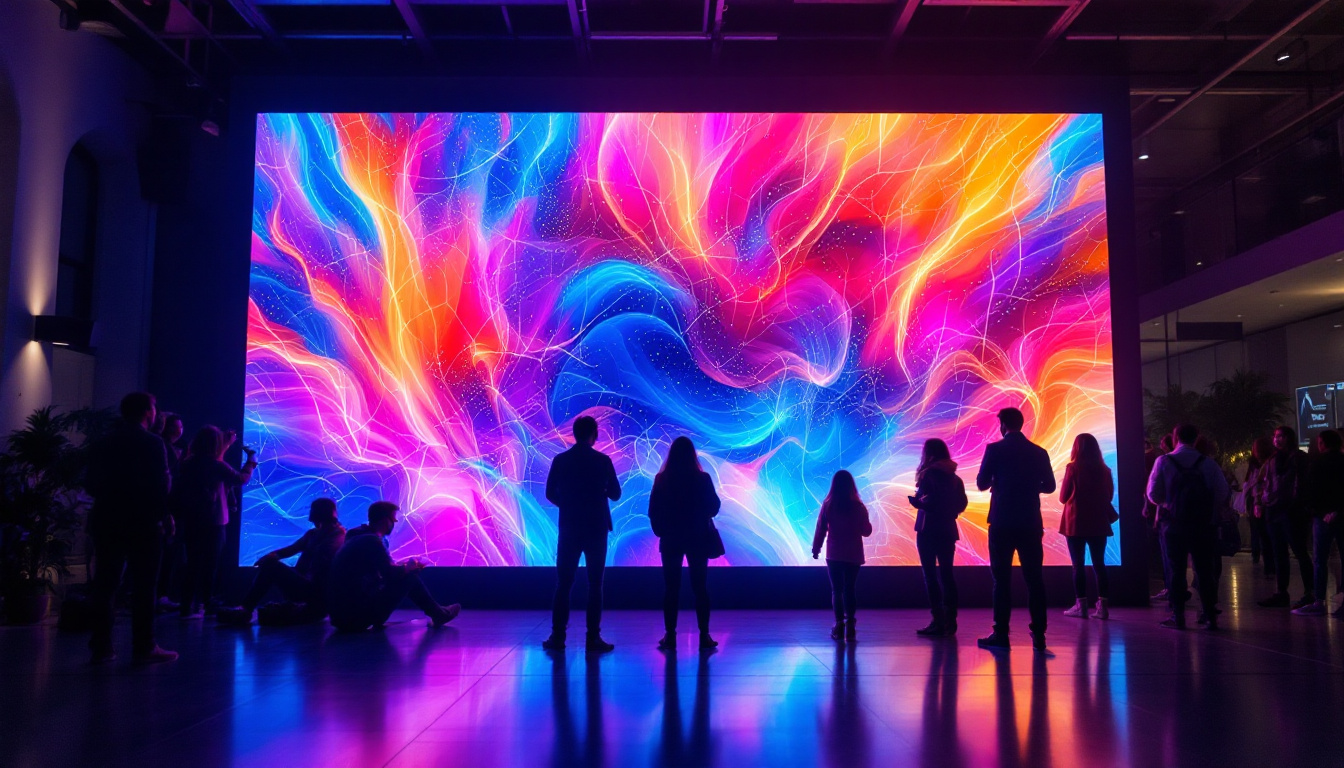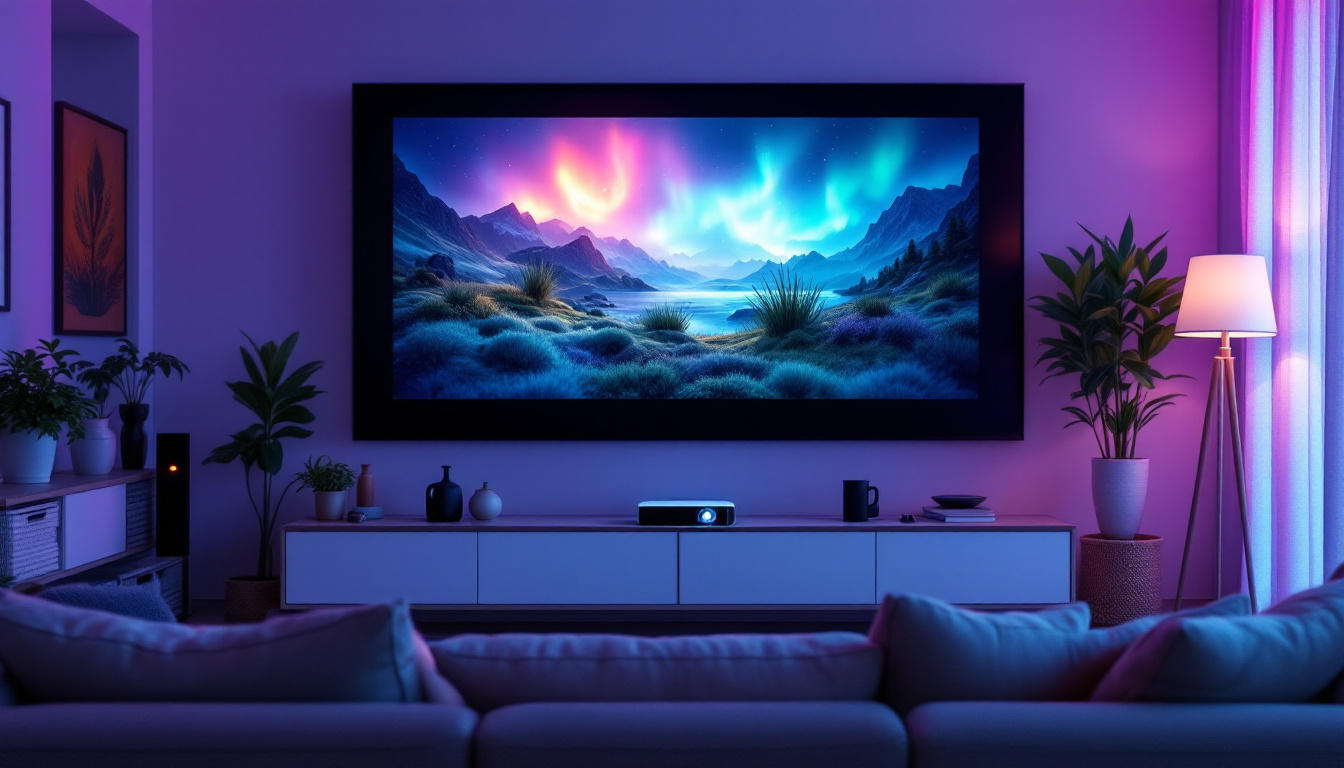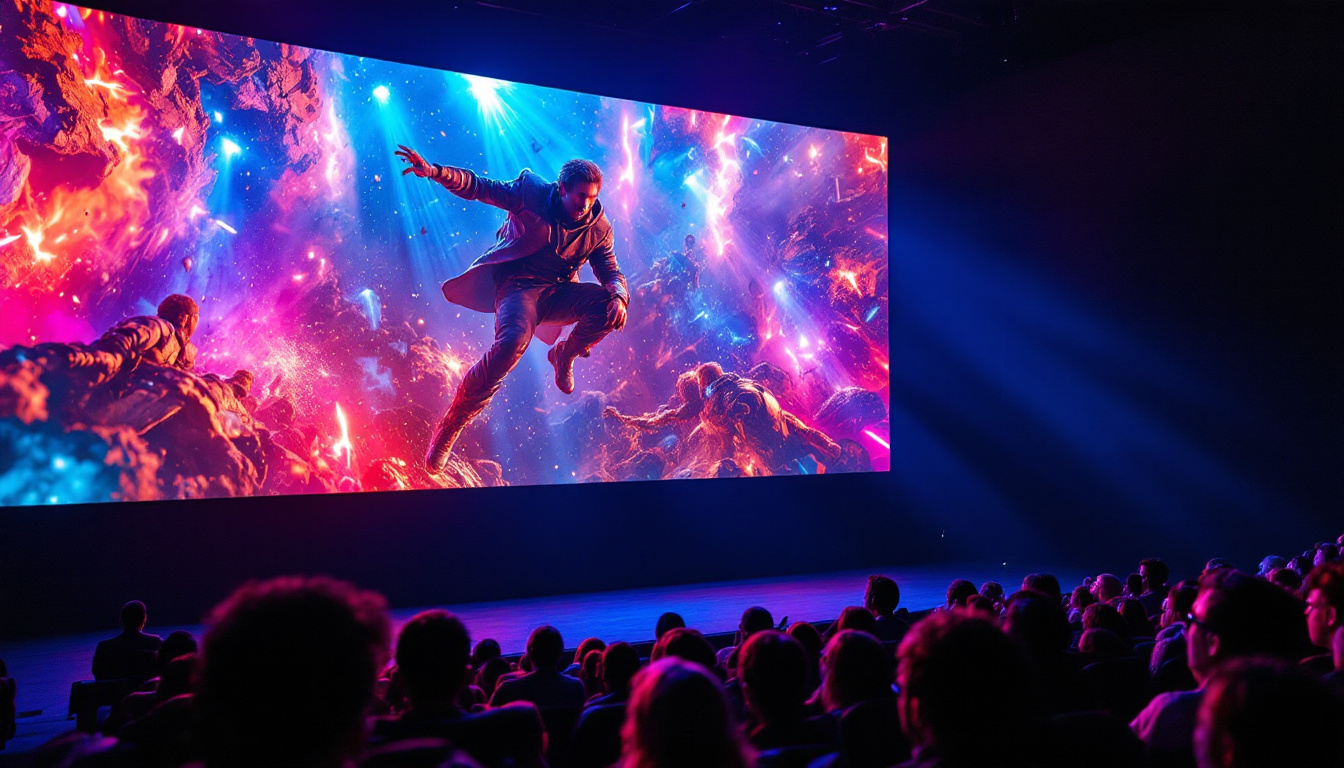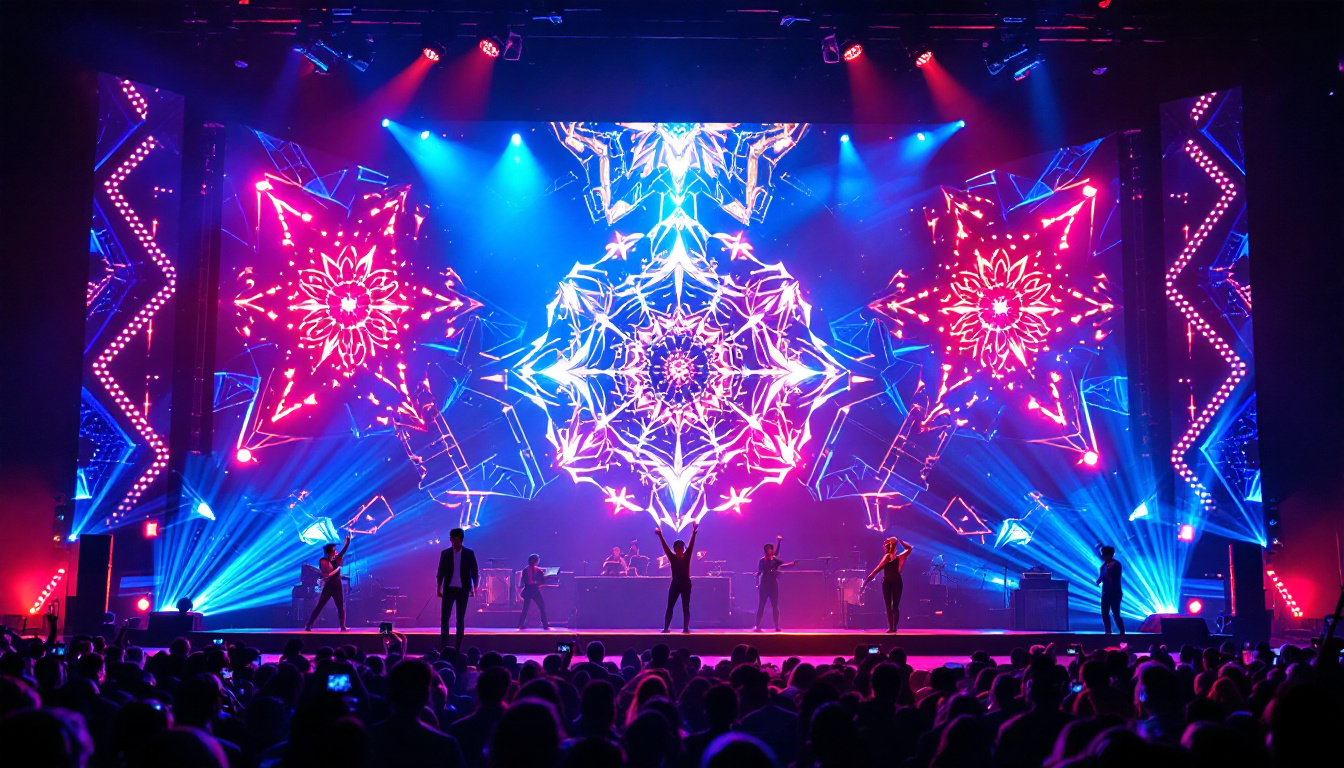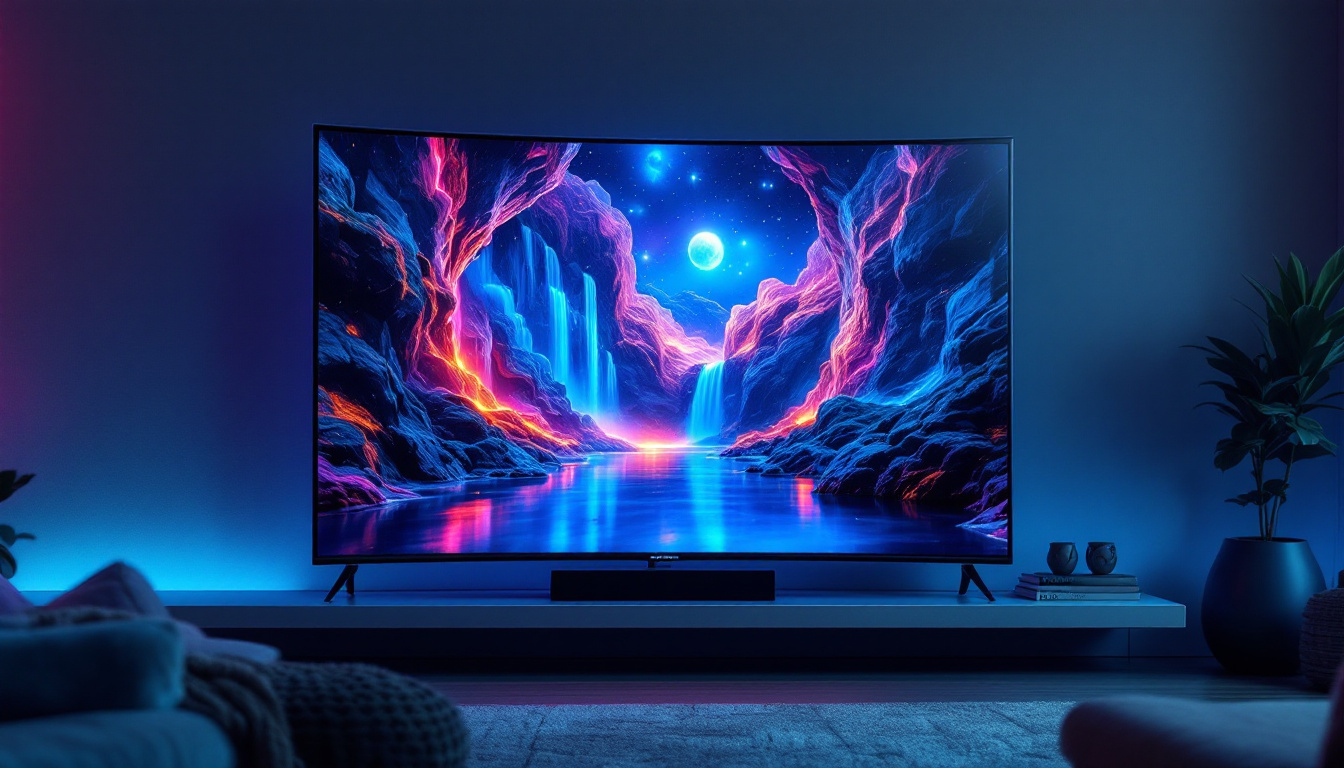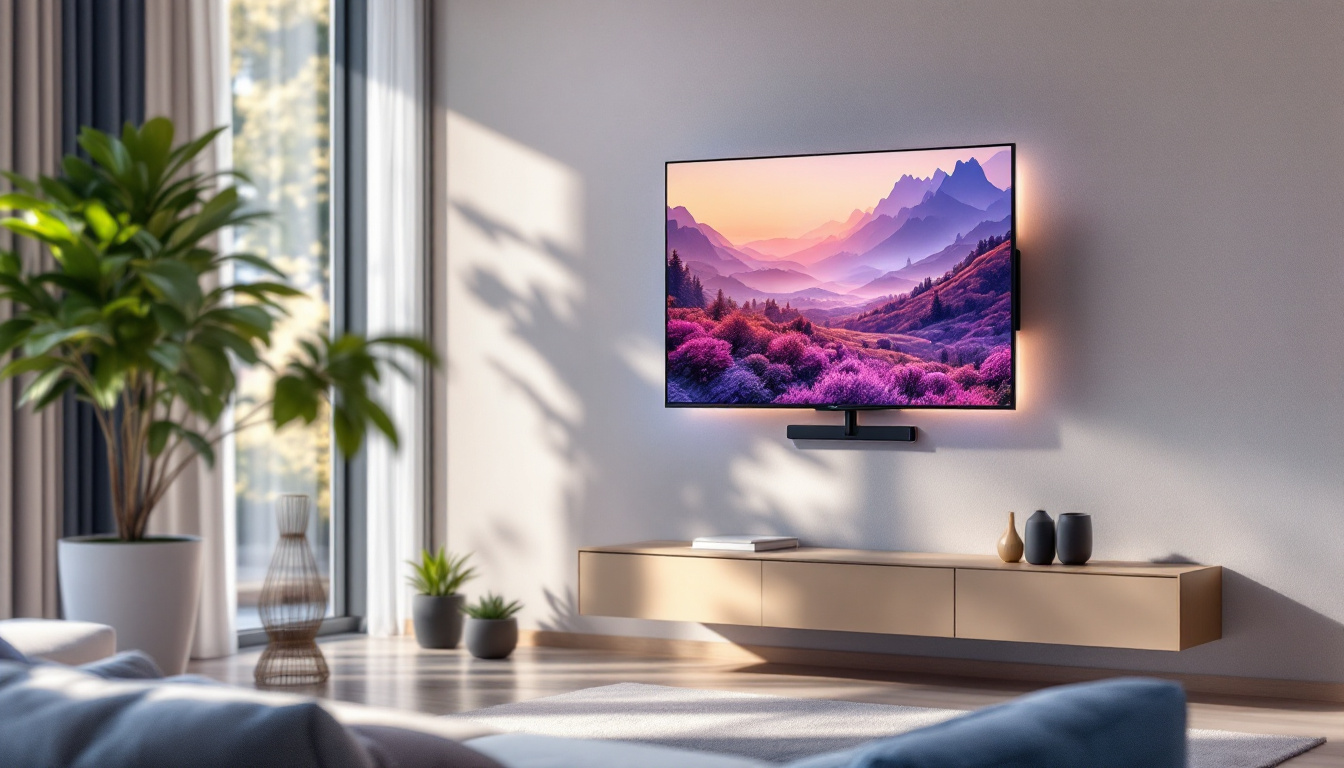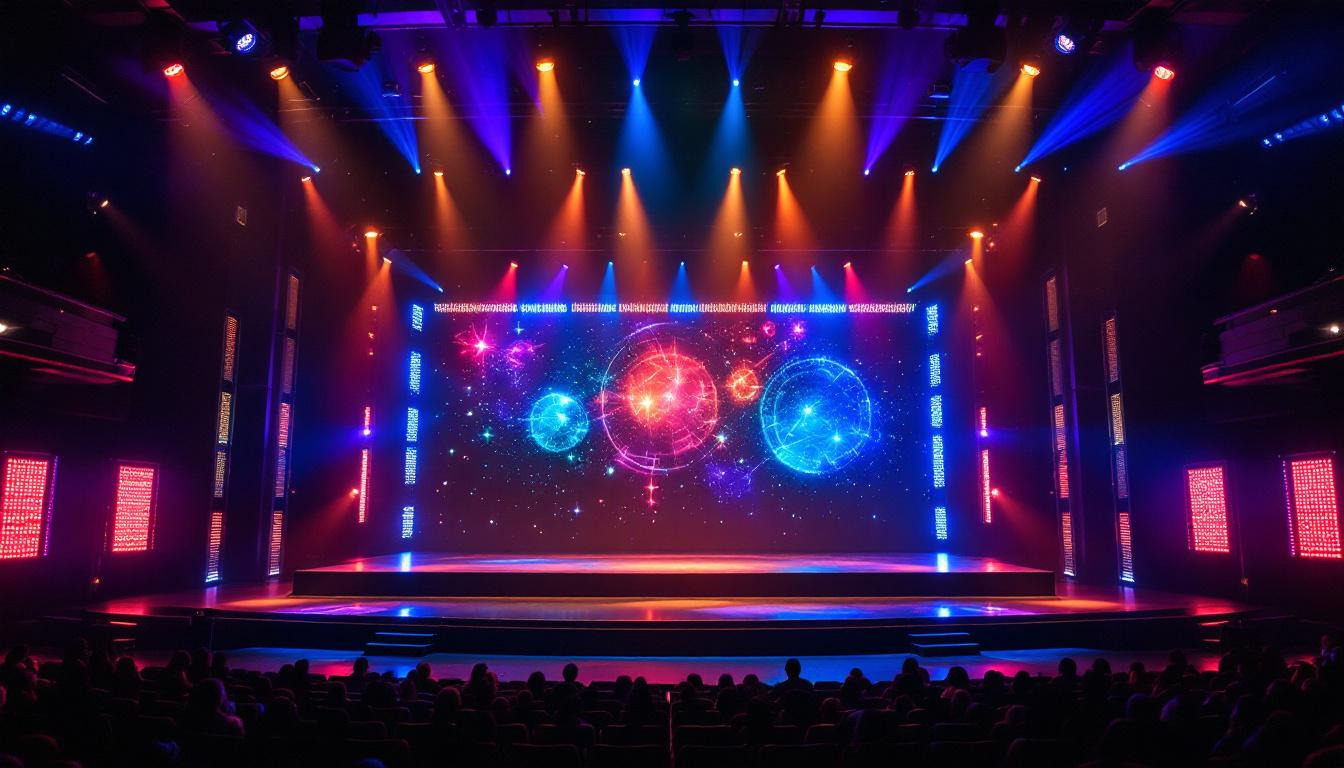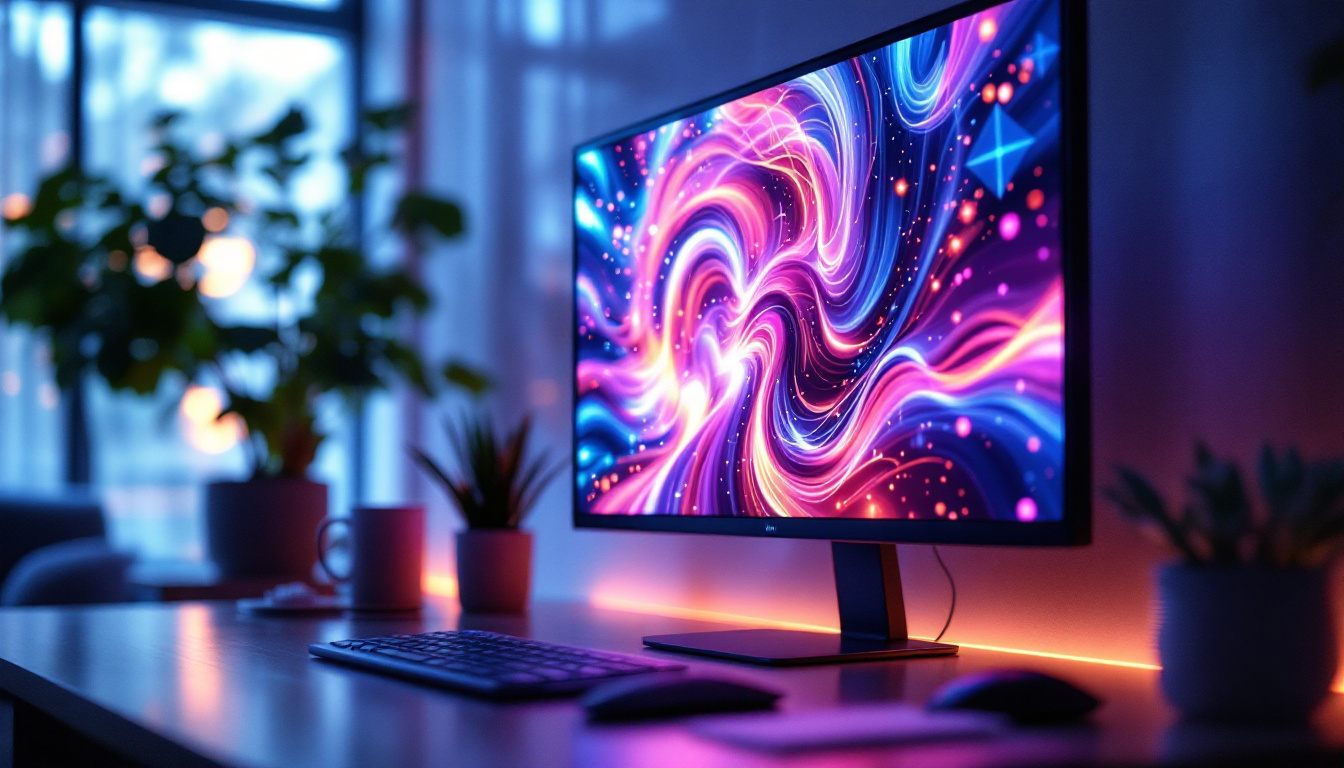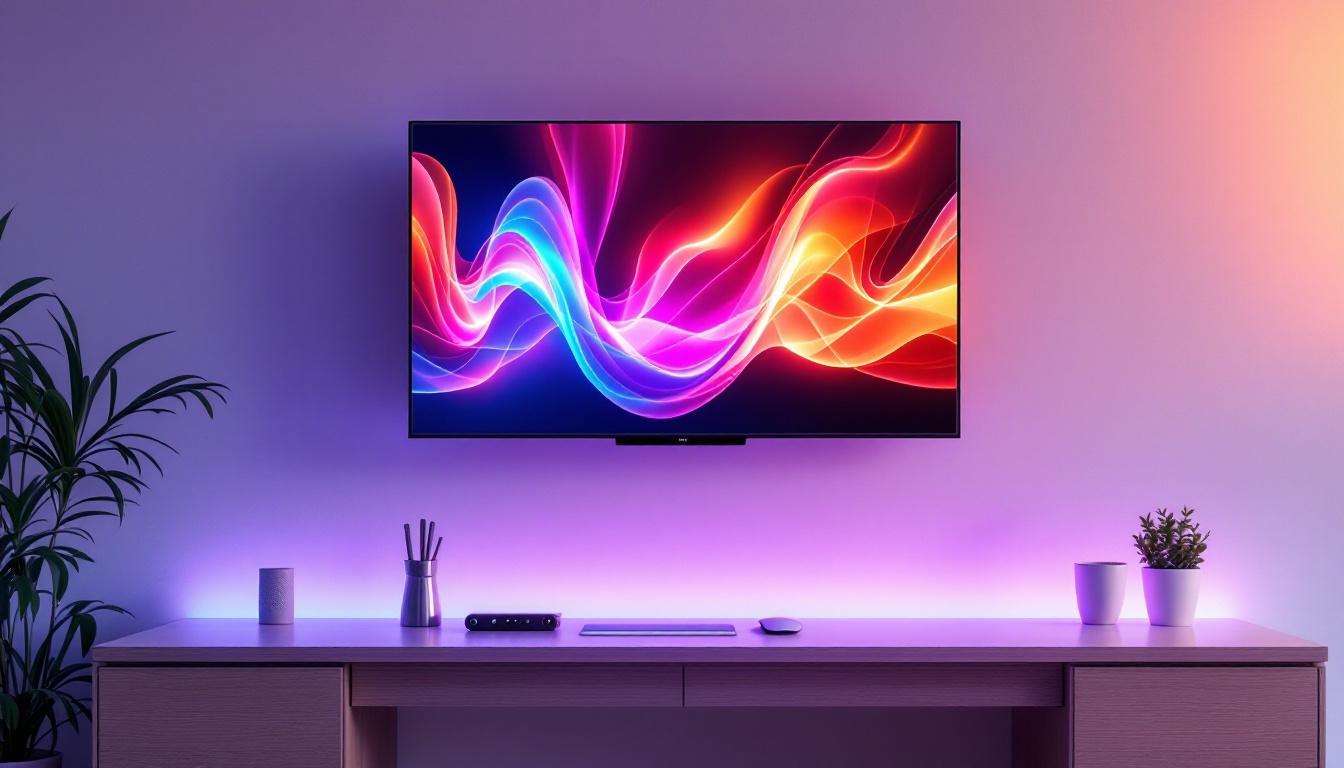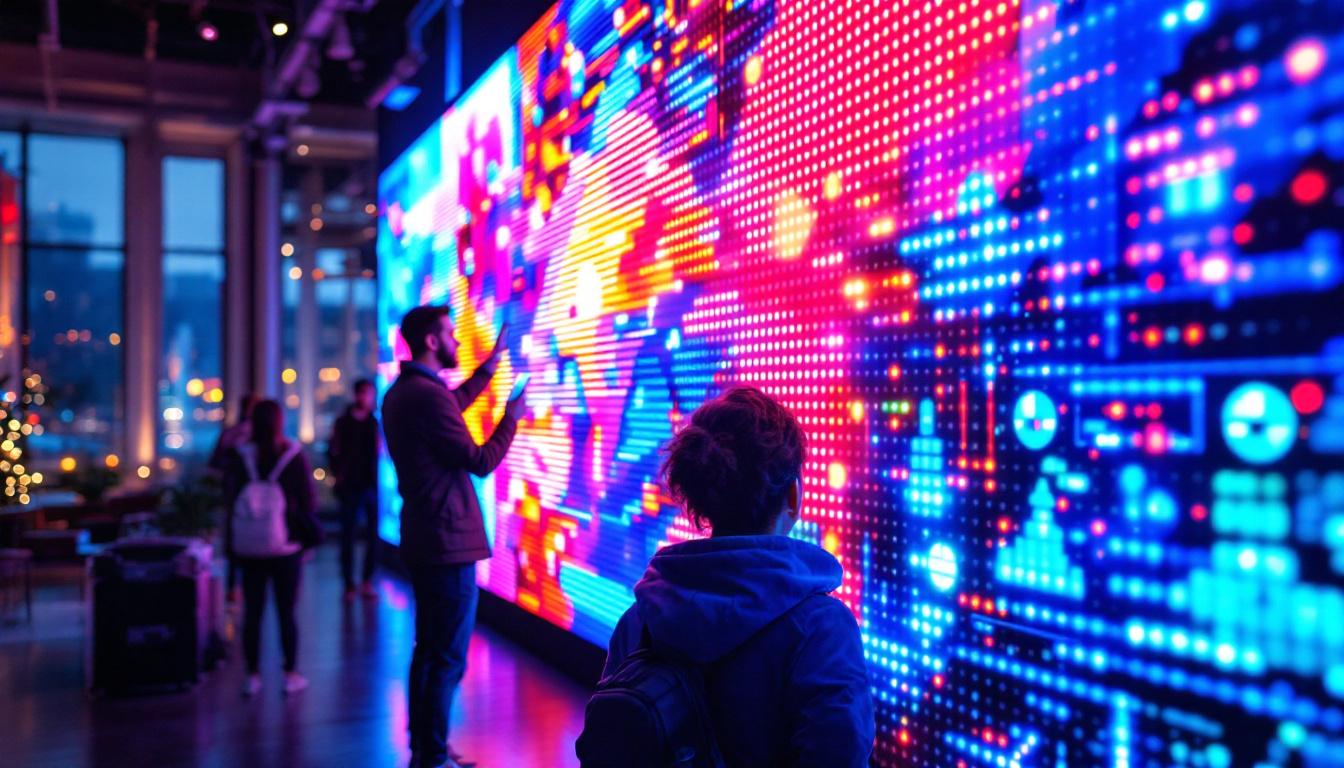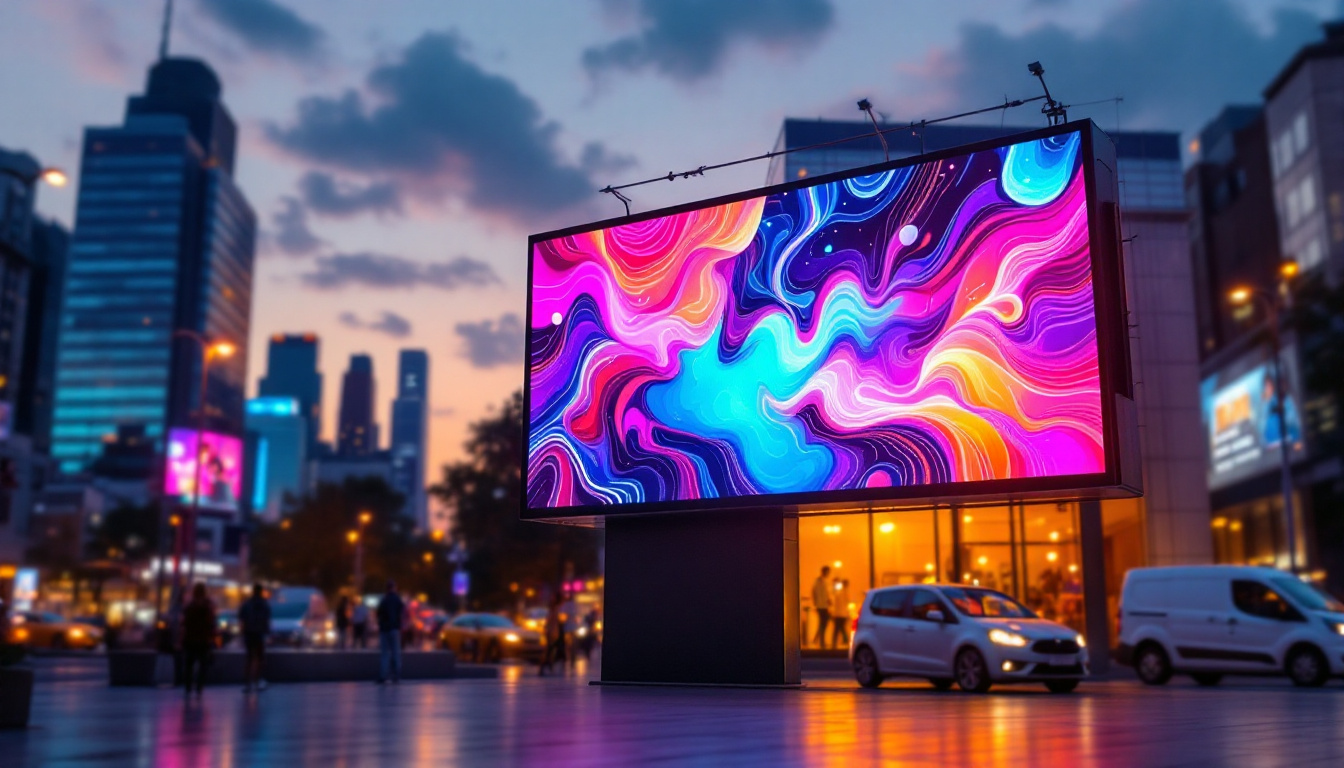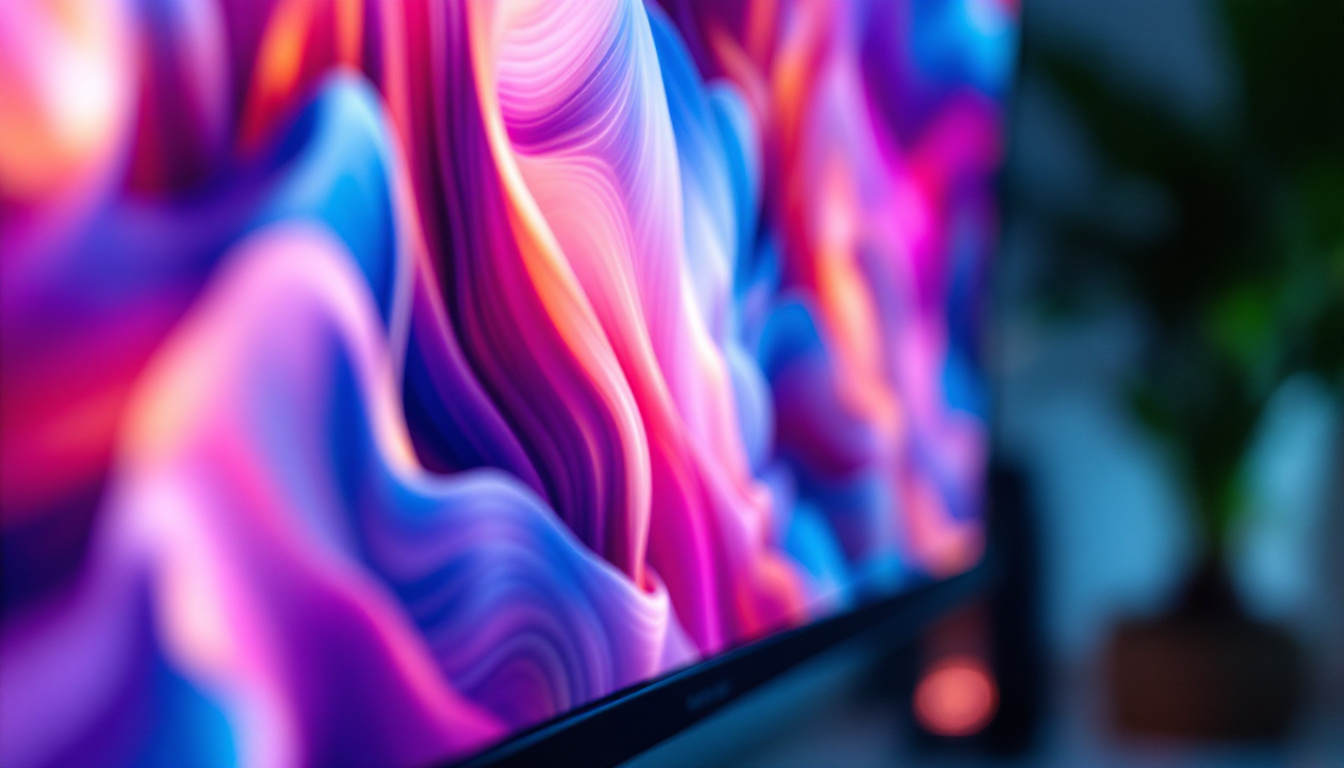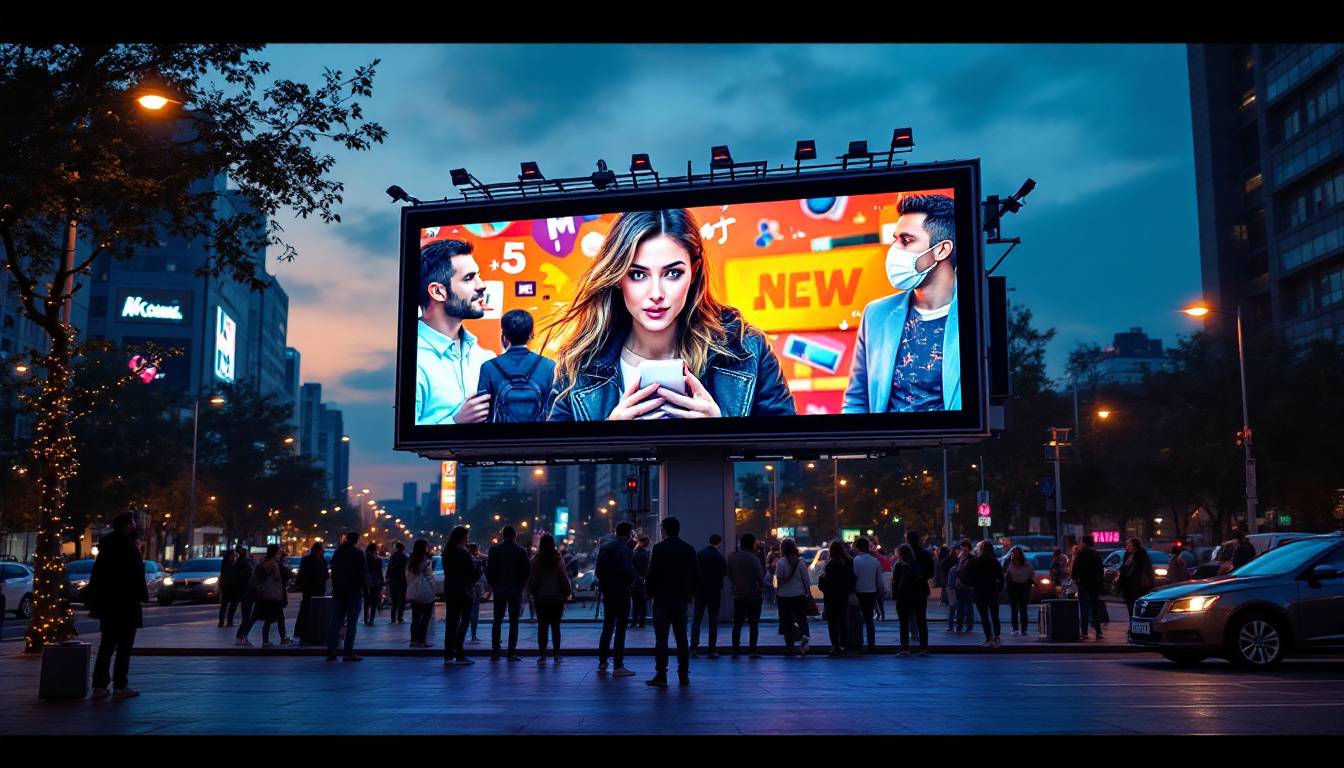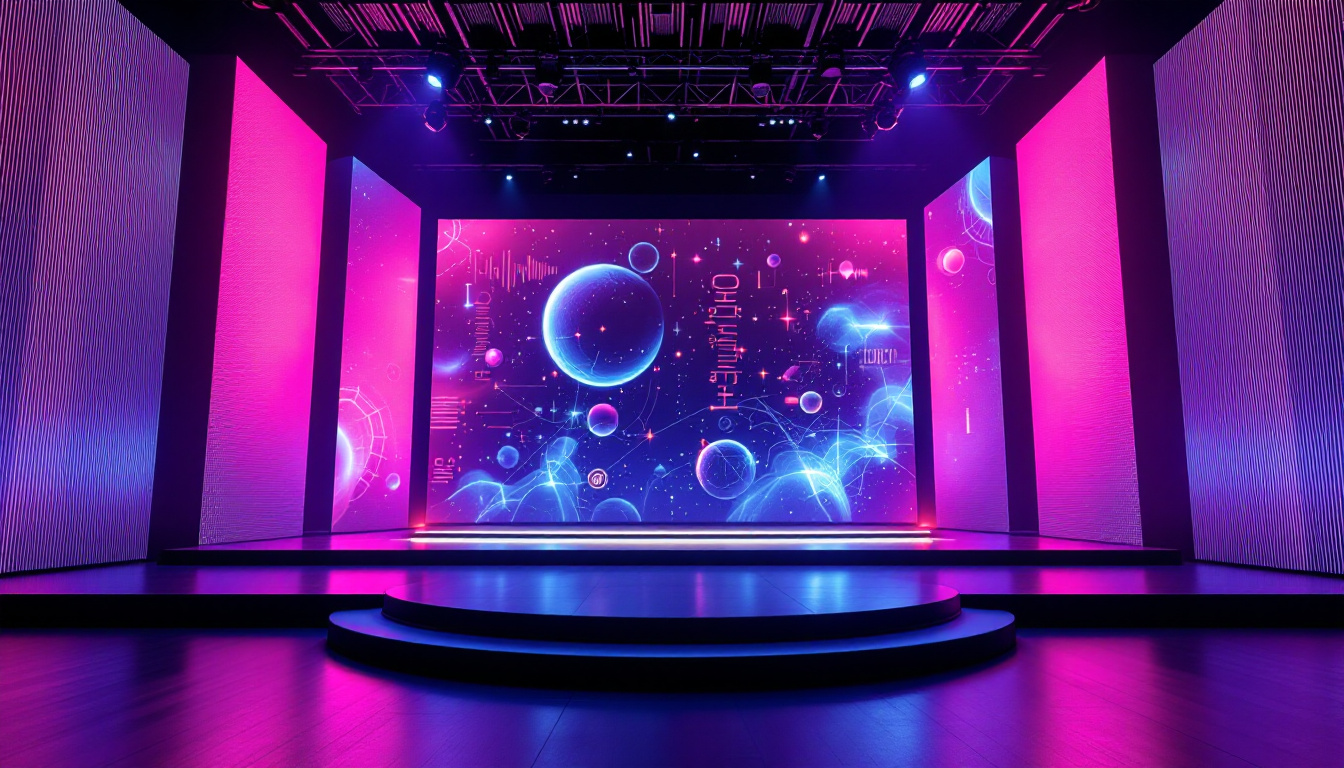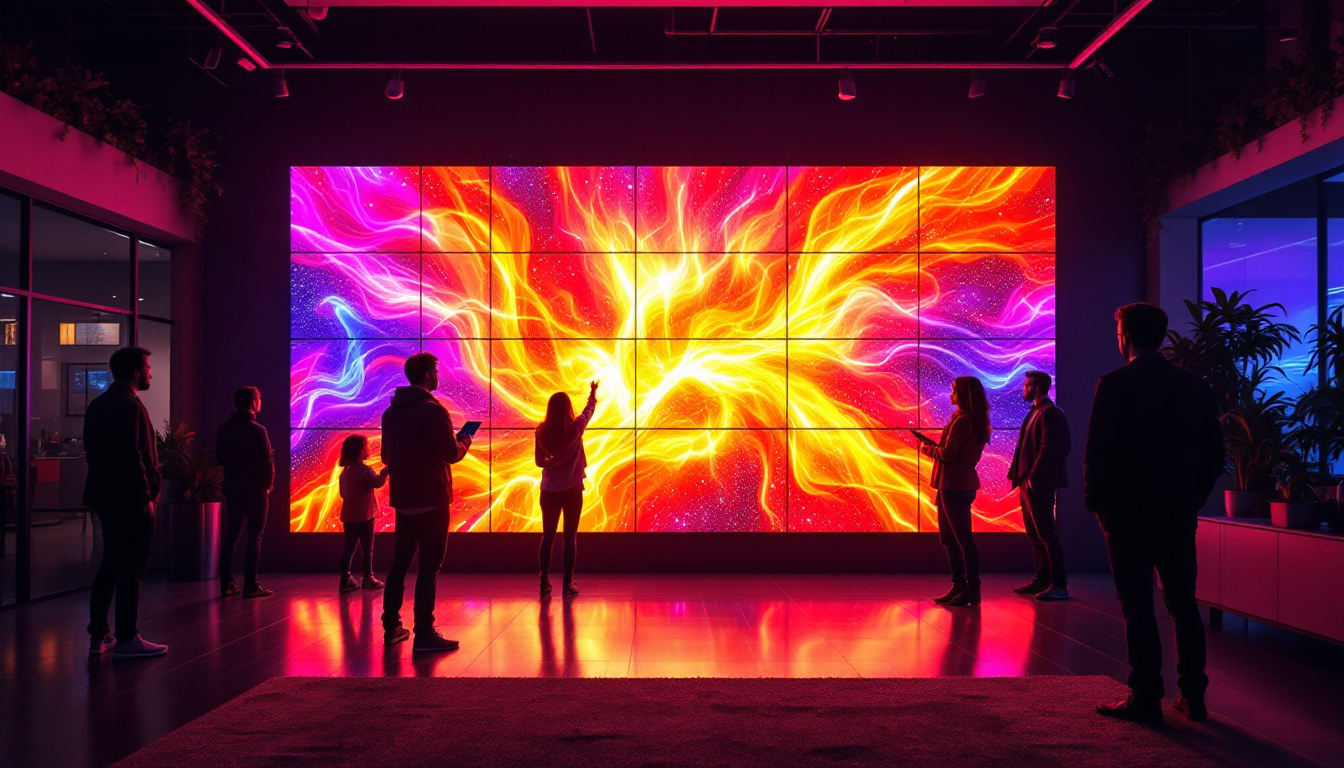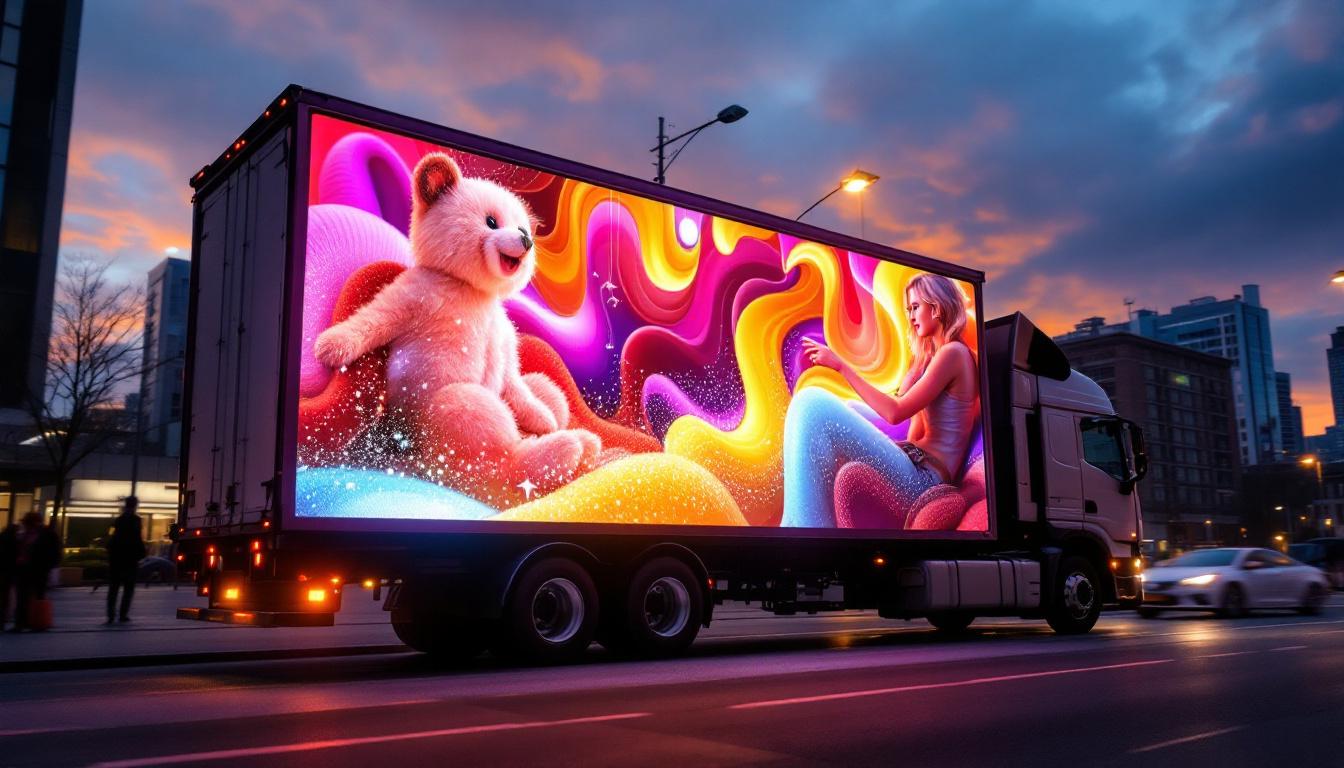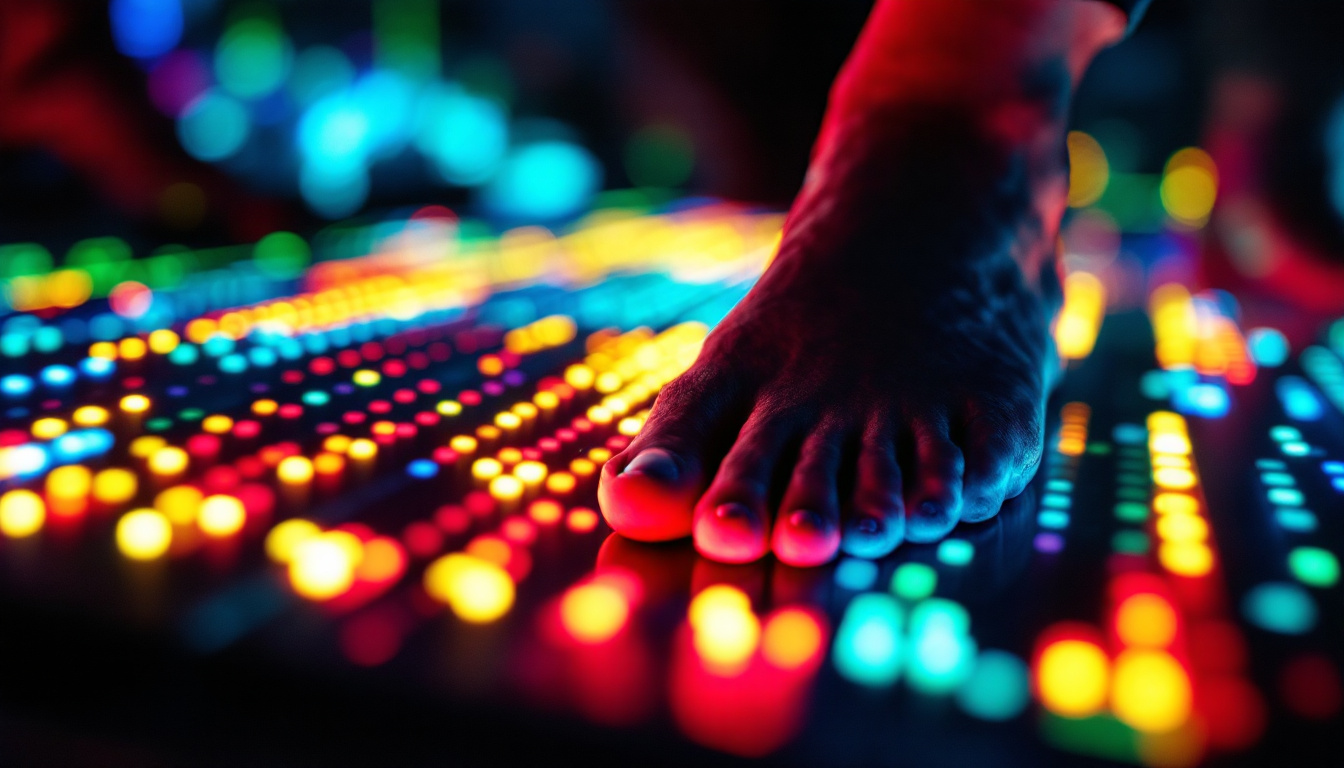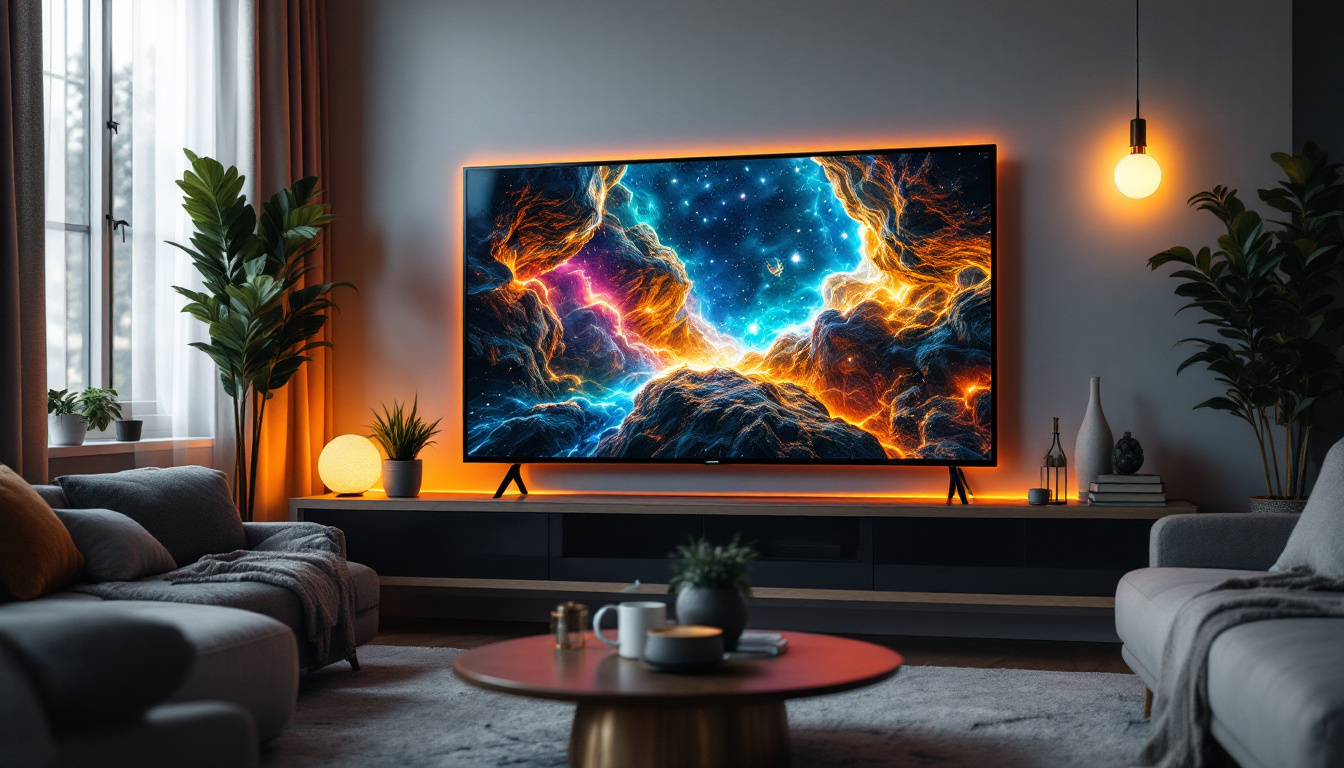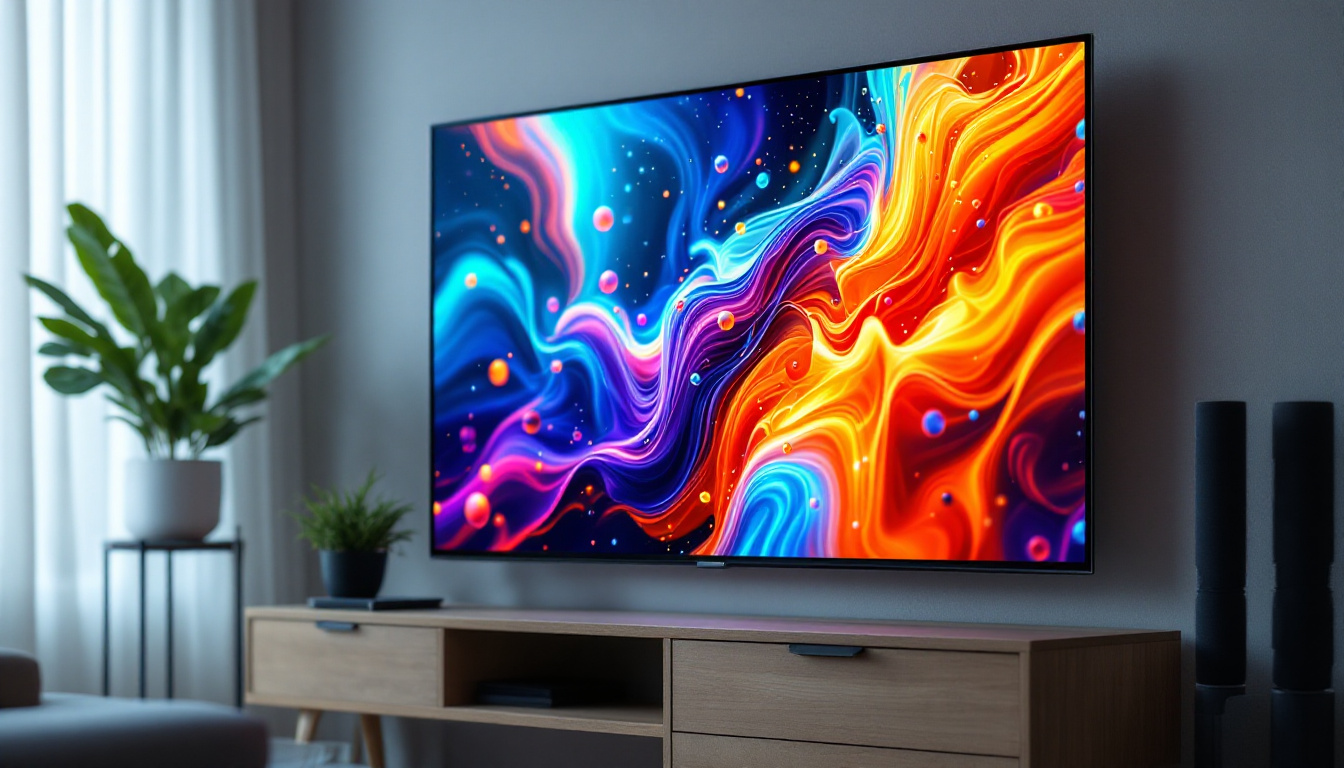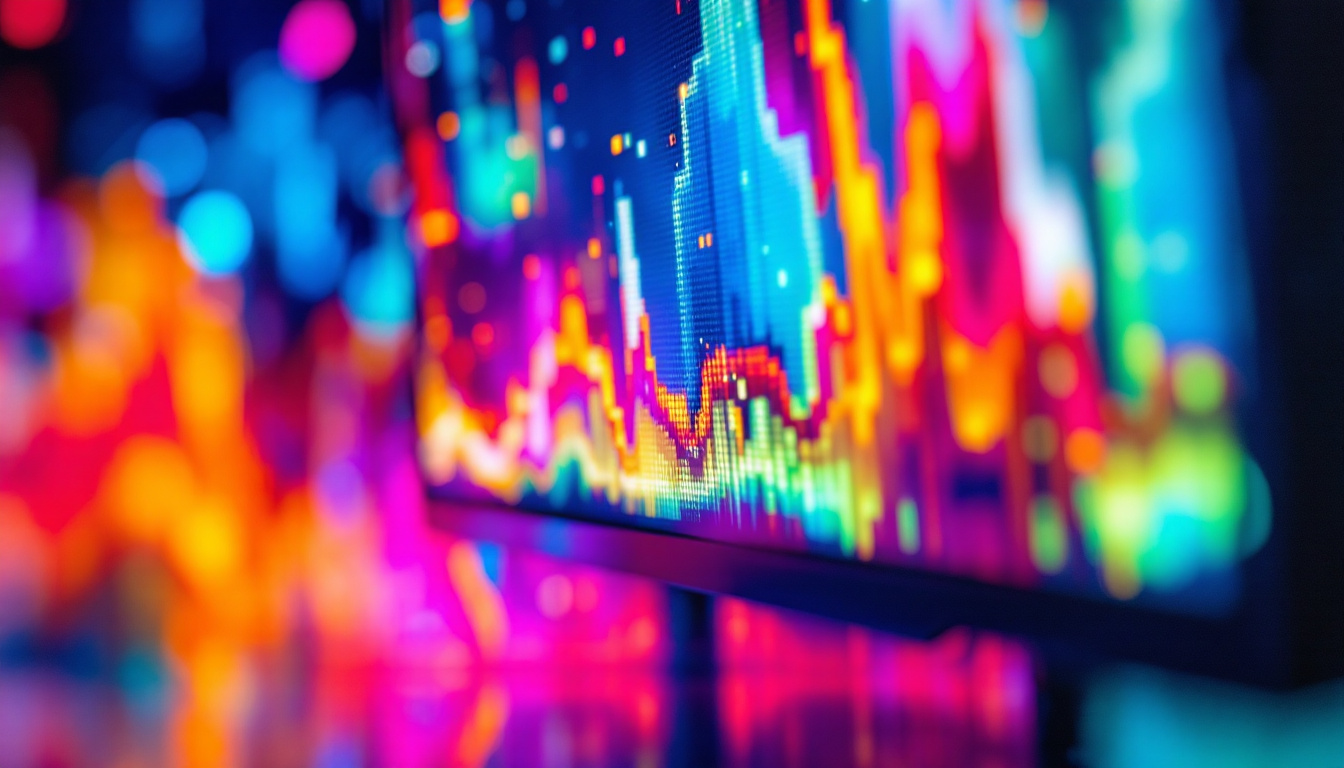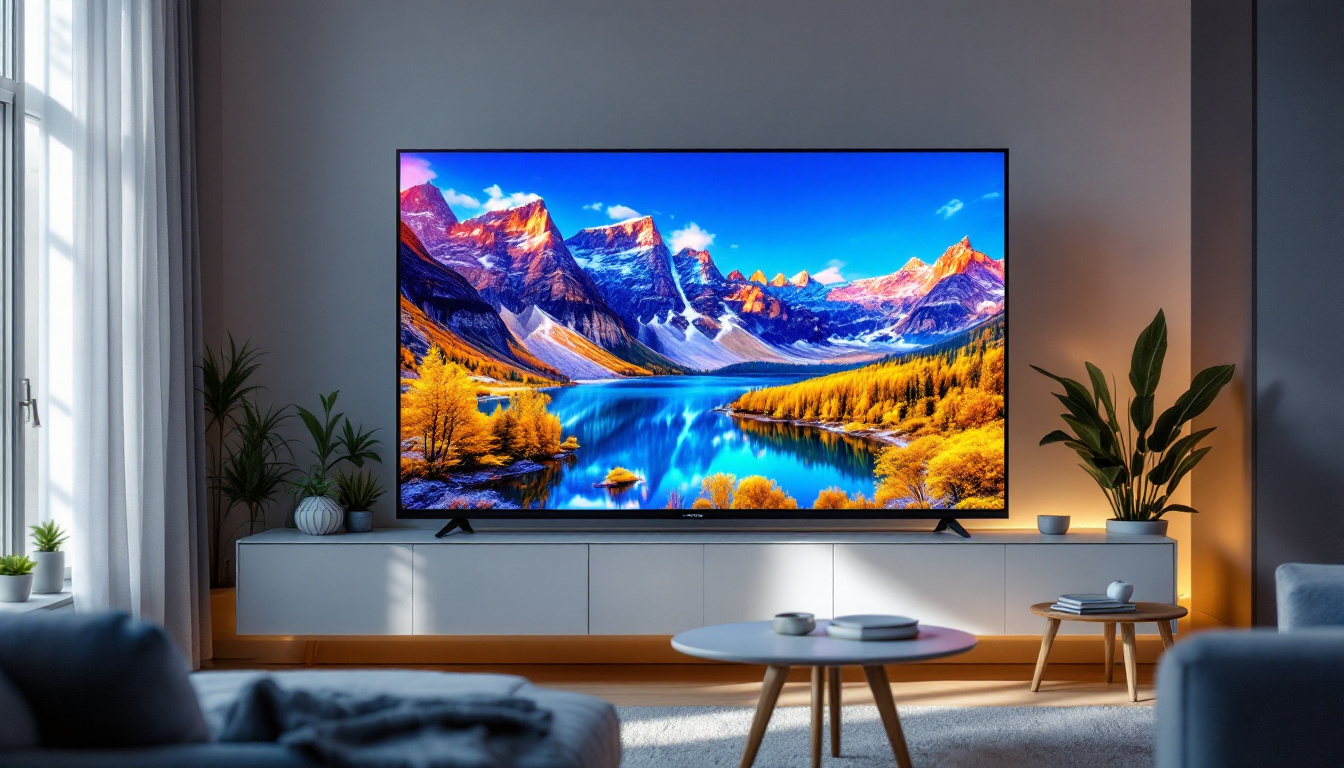In the realm of modern technology, the LED display has emerged as a cornerstone of visual communication. From smartphones to large-scale advertising billboards, LED (Light Emitting Diode) displays are ubiquitous. This article delves into the intricacies of LED displays, exploring their functionality, advantages, applications, and future trends.
Understanding LED Technology
At the core of LED displays lies the technology that allows them to emit light. Unlike traditional displays that rely on backlighting, LED displays utilize individual diodes that produce light when an electric current passes through them. This fundamental difference results in several advantages, including improved energy efficiency and superior brightness. The compact size of LEDs also allows for thinner and lighter display designs, making them more versatile for various applications, from consumer electronics to large-scale installations.
How LED Displays Work
LED displays consist of numerous small light-emitting diodes arranged in a grid-like pattern. Each diode can be controlled independently, allowing for precise color representation and brightness adjustments. When an image is displayed, the diodes work together to create a cohesive picture by mixing red, green, and blue (RGB) light to produce a full spectrum of colors. This ability to control each pixel independently not only enhances image quality but also enables features like high dynamic range (HDR) and local dimming, which improve contrast and detail in both bright and dark areas of an image.
In most LED displays, the diodes are mounted on a circuit board, which is connected to a controller that processes the incoming video signal. This setup enables real-time image rendering, making LED displays ideal for dynamic content such as videos and animations. Furthermore, advancements in processing technology have led to the development of smart LED displays that can adapt to their environment, adjusting brightness based on ambient light conditions and even incorporating interactive features for enhanced user engagement.
Types of LED Displays
There are several types of LED displays, each designed for specific applications. The most common types include:
- Direct View LED (DVLED): These displays use individual LEDs to create images directly, often found in large-scale outdoor advertising and stadium displays. Their high brightness levels and weather-resistant designs make them suitable for various outdoor environments.
- LED-backlit LCD: These displays use LEDs to provide backlighting for an LCD panel, enhancing brightness and contrast. They are commonly used in televisions and computer monitors, offering a balance between performance and cost.
- Organic LED (OLED): A variation of LED technology where organic compounds emit light, offering superior color accuracy and flexibility. OLED displays are known for their deep blacks and wide viewing angles, making them popular in high-end televisions and smartphones.
In addition to these common types, there are also niche applications for LED technology, such as MicroLED displays, which consist of microscopic LEDs that can be used to create ultra-high-resolution screens. These displays promise even greater efficiency and color accuracy, paving the way for innovations in virtual reality and augmented reality environments. As the technology continues to evolve, we can expect to see even more diverse applications and improvements in LED display performance, further solidifying their place in the future of visual technology.
Advantages of LED Displays
LED displays are favored for a multitude of reasons. Their unique characteristics make them suitable for various environments and applications. Here are some of the key advantages:
Energy Efficiency
One of the most significant benefits of LED technology is its energy efficiency. LED displays consume less power compared to traditional display technologies, such as LCD and plasma. This efficiency leads to lower electricity bills and a reduced carbon footprint, making them an environmentally friendly option. Furthermore, the low energy consumption of LED displays contributes to a more sustainable future, as businesses and consumers alike seek to minimize their environmental impact. By opting for LED technology, organizations can not only save on operational costs but also promote their commitment to eco-friendly practices.
Brightness and Visibility
LED displays are known for their exceptional brightness. They can produce vivid colors and maintain visibility even in direct sunlight, making them ideal for outdoor advertising and public displays. The high contrast ratios also enhance the viewing experience, ensuring that images and videos appear sharp and clear. This capability is particularly beneficial in high-traffic areas where capturing attention is crucial. Additionally, the adaptability of LED displays allows for dynamic content that can be easily updated, ensuring that messages remain relevant and engaging to the audience. The ability to showcase vibrant graphics and animations further amplifies their effectiveness in marketing and information dissemination.
Longevity and Durability
LED displays have a longer lifespan than many other display technologies. With a typical lifespan of over 50,000 hours, they require less frequent replacements, which translates to lower maintenance costs. Additionally, LED displays are more resistant to shock and vibration, making them suitable for a variety of challenging environments. Their robust construction means they can withstand harsh weather conditions, making them a reliable choice for outdoor installations. This durability not only ensures a consistent performance over time but also reduces the need for costly repairs and replacements, providing peace of mind for businesses investing in this technology. Moreover, the low heat emission of LED displays contributes to their longevity, as it minimizes the risk of overheating and associated failures.
Applications of LED Displays
The versatility of LED displays has led to their widespread adoption across various industries. Their applications range from entertainment to information dissemination, showcasing their adaptability in meeting diverse needs.
Advertising and Marketing
One of the most prominent uses of LED displays is in advertising. Businesses leverage large LED billboards to capture the attention of passersby with vibrant visuals and dynamic content. These displays can be easily updated to promote different products or services, allowing for real-time marketing strategies. Furthermore, the ability to incorporate animations and videos makes LED advertising more engaging compared to traditional static billboards. This dynamic nature not only attracts more viewers but also enhances brand recall, making it a powerful tool for marketers looking to make a lasting impression.
Entertainment and Events
In the entertainment industry, LED displays are integral to concerts, festivals, and sporting events. They are used for stage backdrops, scoreboards, and live video feeds, enhancing the audience’s experience. The flexibility of LED technology allows for creative designs and immersive environments that engage viewers. Additionally, the high brightness and contrast levels of LED screens ensure that visuals remain clear and captivating even in outdoor settings, where natural light can be a challenge. This capability has transformed how performances are staged, allowing for innovative storytelling through visual effects that complement the live action on stage.
Information and Communication
LED displays are also utilized for informational purposes, such as in transportation hubs, airports, and public spaces. digital signage powered by LED technology provides real-time updates on schedules, directions, and announcements, ensuring that the public remains informed and engaged. These displays can also be programmed to show emergency alerts or important notifications, enhancing public safety. Moreover, the integration of interactive features, such as touch screens, allows users to access additional information at their fingertips, making LED displays not just a source of information but also a tool for enhanced user interaction and experience.
Challenges and Considerations
While LED displays offer numerous advantages, they are not without challenges. Understanding these considerations is essential for making informed decisions when choosing LED technology.
Initial Costs
The upfront cost of LED displays can be higher than traditional display technologies. This initial investment may deter some businesses, especially smaller ones. However, the long-term savings in energy consumption and maintenance often justify the expense, making them a worthwhile investment.
Heat Management
LED displays generate heat during operation, which can affect performance and longevity. Proper heat management is crucial to ensure that the displays function optimally. This may involve incorporating cooling systems or ensuring adequate ventilation in the installation area.
Viewing Angles
Another consideration is the viewing angle of LED displays. While many LED displays offer wide viewing angles, some models may have limitations that affect visibility from certain positions. It is essential to assess the intended viewing environment to select the appropriate display type.
The Future of LED Displays
The future of LED displays looks promising, with ongoing advancements in technology and design. As the demand for high-quality visual experiences continues to grow, several trends are emerging in the LED display landscape.
Mini and Micro LED Technology
Mini and micro LED technologies are gaining traction, offering even smaller diodes that can create higher-resolution displays. These advancements enable the production of ultra-thin and flexible screens, opening up new possibilities for design and application. This technology is particularly beneficial for applications where space is limited or where innovative shapes are desired.
Integration with Smart Technology
As smart technology continues to evolve, LED displays are increasingly being integrated into smart systems. This integration allows for enhanced interactivity, enabling users to engage with content in real-time. For example, LED displays can be connected to social media feeds, allowing for dynamic content updates based on audience interaction.
Environmental Considerations
With growing awareness of environmental issues, the LED display industry is focusing on sustainability. Manufacturers are exploring eco-friendly materials and production processes to reduce waste and energy consumption. Additionally, recycling programs for old displays are becoming more common, further promoting sustainability in the industry.
Conclusion
LED displays have revolutionized the way visual information is presented and consumed. Their energy efficiency, brightness, and versatility make them an ideal choice for a wide range of applications, from advertising to information dissemination. While challenges exist, the benefits often outweigh the drawbacks, making LED technology a smart investment for the future.
As advancements continue to shape the landscape of LED displays, the potential for innovation remains vast. From mini and micro LED technologies to smart integrations and sustainable practices, the future holds exciting possibilities. Embracing these developments will not only enhance visual communication but also contribute to a more sustainable and connected world.
Explore Cutting-Edge LED Displays with LumenMatrix
Ready to elevate your visual communication with the latest in LED technology? LumenMatrix is at the forefront of innovation, offering a diverse range of LED display solutions tailored to your needs. From captivating Indoor LED Wall Displays to dynamic Outdoor LED Wall Displays, and from versatile Vehicle LED Displays to engaging LED Sports Displays, we have it all. Discover how our Custom LED Displays and All-in-One LED Display solutions can transform your space and captivate your audience. Experience the future of digital signage with our LED Transparent Displays and take the first step towards a more sustainable and impactful visual presence. Check out LumenMatrix LED Display Solutions today and see your brand in a new light.

